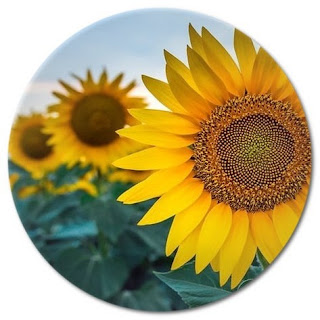How to Care for Begonia Flower?
Begonia Flower species grow very well mainly in temperate climates. Begonia Flower Colors; It blooms in red, white and orange colors. Begonia flower is a type of flower that grows easily indoors or in office environments. It is generally easy to care for. Begonia Flower Homeland; It grows in America, Africa and Asia. It is very important to put it in a place that will get sun in the morning. It will be enough to take a little care for its development to be lush and healthy. It loves water very much, Begonia Flowers are watered every two days to keep them in good condition.
Begonia Flowers will dry out if they are constantly in a shady environment, it is very important for the development of the flower to be placed in a place that will receive the morning sun. Begonia is a species that grows indoors as ornamental and decorative.
Watering is done every 2 days. Colors are red, white and orange. It should not stand in the sun all the time. It is important that the Begonia Flower stands in a place that will see the sun in the morning.
Begonia Flower Varieties
- Tree Begonia Flower; The leaves of Tree Begonia grow long, spotted and hairless. It is a very preferred begonia species indoors.
- Wax Begonia Flower; This species grows in the home environment, in the office, that is, indoors. It is the most common species in the natural environment.
- Cane Begonia Flower; It is a species with wing-shaped leaves. Watering and care are the same. It has a more beautiful shape than other species.
- Tuberous Begonia Flower; It grows hairy, Begonia flower type is easily grown indoors.
- Leaf Begonia Flower; The leaf parts grow smaller than other begonia species. It provides a good image to be decorated and found in decorative areas.
Begonia Flower Care in Pots
Begonias are popular flowering plants known for their colorful and attractive blooms. When grown in pots, begonias can add beauty to balconies, patios, and indoor spaces.
1. Light:
- Indoor Begonias: Place indoor begonias in a location with bright, indirect light. They prefer filtered sunlight rather than direct sunlight.
- Outdoor Begonias: If growing begonias outdoors, choose a location with partial shade. Too much direct sunlight can scorch the leaves.
2. Soil:
- Use well-draining potting soil with a slightly acidic to neutral pH. A peat-based mix with added perlite or vermiculite works well for begonias.
3. Watering:
- Keep the soil consistently moist but not waterlogged. Allow the top inch of soil to dry out before watering again.
- Water begonias in the morning to allow excess moisture to evaporate during the day, reducing the risk of fungal diseases.
4. Humidity:
- Begonias thrive in higher humidity. If you're growing them indoors, consider placing a tray of water near the plants or using a humidifier.
5. Fertilization:
- Feed begonias with a balanced, water-soluble fertilizer every 2-4 weeks during the growing season (spring and summer).
- Reduce fertilization in fall and winter when the plant's growth slows down.
6. Pruning:
- Pinch or prune the tips of the stems to encourage bushier growth and more blooms.
- Remove spent flowers regularly to promote continuous blooming.
7. Deadheading:
- Remove faded or dead flowers promptly to encourage the plant to produce more blooms.
8. Containers:
- Choose well-draining containers with drainage holes to prevent waterlogging.
- Ensure that the pots are large enough to accommodate the root system and provide stability.
9. Overwintering:
- In colder climates, begonias are often treated as annuals or brought indoors for the winter.
- If overwintering indoors, reduce watering and fertilization during the dormant period.
10. Pests and Diseases:
- Keep an eye out for pests such as aphids and spider mites. Treat promptly with insecticidal soap or neem oil if necessary.
- Avoid overwatering to prevent root rot, a common issue with begonias.
Remember that specific care requirements can vary among different begonia species and hybrids, so it's helpful to know the specific type of begonia you have. Additionally, local climate conditions and indoor environment factors can influence care needs. Always adjust care practices based on the specific conditions of your growing environment




Comments
Post a Comment